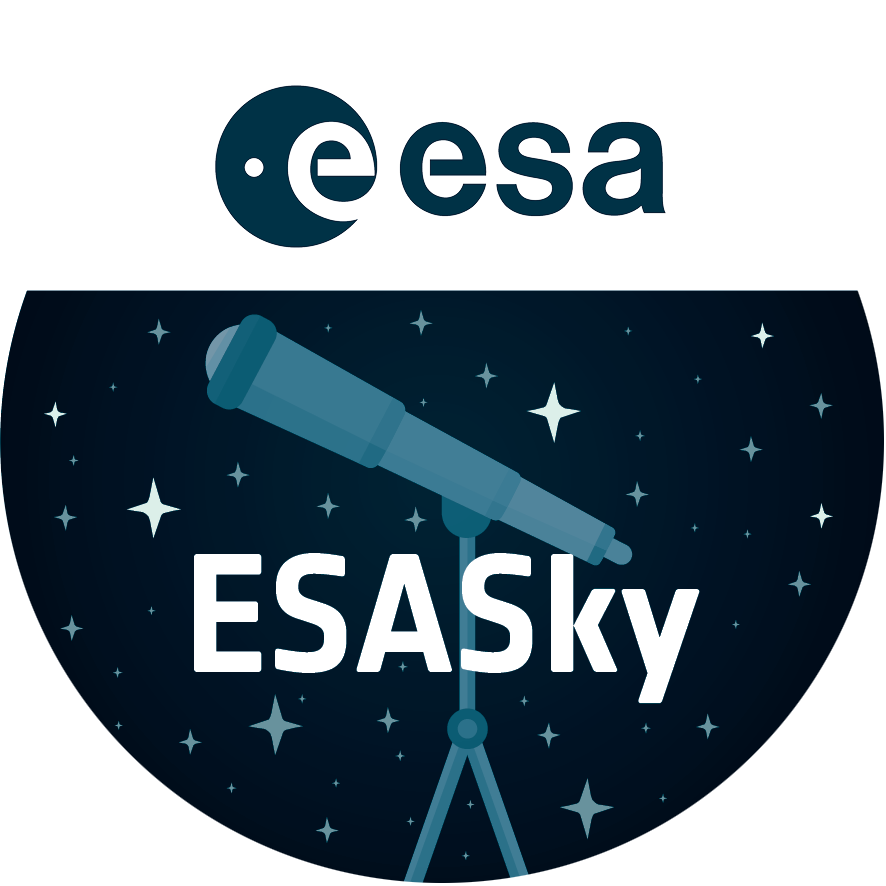A spiral snowflake
Spiral galaxies together with irregular galaxies make up approximately 60% of the galaxies in the local Universe. However, despite their prevalence, each spiral galaxy is unique — like snowflakes, no two are alike. This is demonstrated by the striking face-on spiral galaxy NGC 6814, whose luminous nucleus and spectacular sweeping arms, rippled with an intricate pattern of dark dust, are captured in this NASA/ESA Hubble Space Telescope image.
NGC 6814 has an extremely bright nucleus, a telltale sign that the galaxy is a Seyfert galaxy. These galaxies have very active centres that can emit strong bursts of radiation. The luminous heart of NGC 6814 is a highly variable source of X-ray radiation, causing scientists to suspect that it hosts a supermassive black hole with a mass about 18 million times that of the Sun.
As NGC 6814 is a very active galaxy, many regions of ionised gas are studded along its spiral arms. In these large clouds of gas, a burst of star formation has recently taken place, forging the brilliant blue stars that are visible scattered throughout the galaxy.
Credit:ESA/Hubble & NASA
Acknowledgement: Judy Schmidt (Geckzilla)
About the Image
| Id: | potw1619a |
|---|---|
| Type: | Observation |
| Release date: | 9 May 2016, 06:00 |
| Size: | 3970 x 3970 px |
About the Object
| Name: | NGC 6814 |
|---|---|
| Type: | Local Universe : Galaxy : Type : Spiral |
| Distance: | 75 million light years |
| Constellation: | Aquila |
| Category: | Galaxies |
Classic Wallpapers
Coordinates
| Position (RA): | 19 42 40.96 |
|---|---|
| Position (Dec): | -10° 19' 30.75" |
| Field of view: | 2.62 x 2.62 arcminutes |
| Orientation: | North is 50.8° left of vertical |
Colours & filters
| Band | Wavelength | Telescope |
|---|---|---|
| Optical V | 555 nm |
Hubble Space Telescope
WFC3 |
| Infrared I | 814 nm |
Hubble Space Telescope
WFC3 |
| Infrared H | 1.6 μm |
Hubble Space Telescope
WFC3 |


